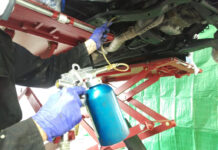When learning to drive, people are typically taught about the importance of staying safe, respecting other road users, and remaining focused and concentrated in order to reduce the risk of accidents and injuries later in life. Unfortunately, many people do not retain this information, and a lot of drivers can behave recklessly or negligently on the roads, leading to millions of auto accidents every year.
These accidents can happen for many different reasons. Some of them occur due to drivers breaking the rules and behaving recklessly by speeding or tailgating, others occur due to distracted driving, which is when drivers allow themselves to get distracted by using their phones or trying to do other things when sitting behind the wheel.
Regardless of how accidents happen, the most important factor to take into consideration is the terrible effects they can create. Accidents can end lives and leave those who survive with serious injuries. Even those crashes and collisions that are relatively minor can still cause devastating physical and mental consequences for the people involved.
This guide will take a look at some of the most common types of injuries that result from auto accidents.
Steps to Follow After an Accident
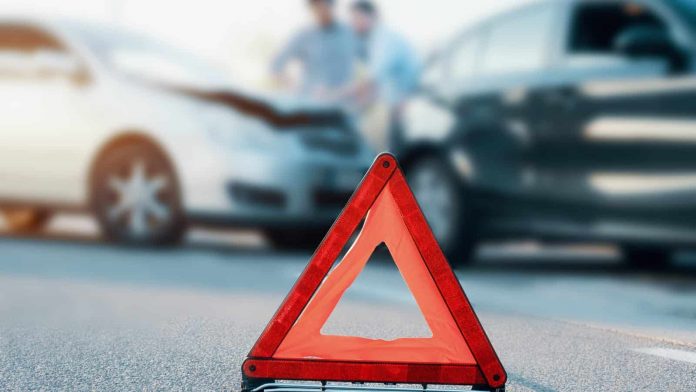
Before we get into details on some of the different types of auto accident injuries, it’s important to go over the key steps to follow if and when an accident happens. If you know how to respond and react, you’ll be able to minimize the risk of serious injuries and dramatic consequences for yourself and any passengers in your vehicle. Here are the main steps to follow:
-
- The first step after an accident is to ensure that you get medical attention as soon as possible. Your physical health and the well-being of your passengers should be your primary concern, especially if the accident is serious and you have visible bleeding or experience serious pain in areas like the head, neck, back, or limbs. Even if you don’t have any notable symptoms, it’s still wise to get to a doctor for a checkup.
- The next step is documentation. If you’re able to do so, try to document the site of the accident while you wait for emergency services and police to arrive, and later on, when you visit the hospital or clinic, continue to take photos and record evidence of your injuries. This could be very valuable later on when it comes to legal cases and insurance claims.
- You’ll also need to get the information of the other driver or drivers involved in the accident, and it’s wise to get as many details as possible because some drivers can try to evade action by giving false details. Get their name, license number, details of their car, address, and so on, as well as all the necessary insurance details.
- It’s also really important to contact a lawyer after an auto accident. There are many experienced auto accident attorneys out there who have the experience and expertise needed to guide you through the process, helping you avoid common mistakes and make the right moves to get the best possible outcome for your case. Check out this site to contact a great lawyer for a car accident case.–
Common Auto Accident Injuries
Next, let’s focus on the actual kinds of injuries you might incur after an auto accident, examining symptoms, signs, and common treatment methods.
Whiplash
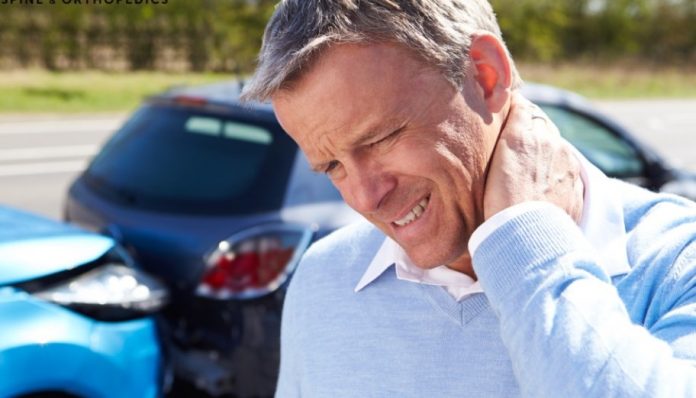
Discussing car accident injuries, the personal injury lawyers of Jacoby & Meyers explain, “The most common neck injury is whiplash which occurs as a result of a sudden movement of the head and neck, causing serious damage to the muscles and ligaments in the neck. Whiplash is one of the most common consequences of rear-end car accidents.”
Whiplash is most certainly one of the most common types of injury after an auto accident, and it can be very painful. Usually, however, it doesn’t require too much specialist treatment. A neck brace might be needed, along with painkilling medication and plenty of rest, but this issue should be able to resolve itself on its own in time.
Broken Bones
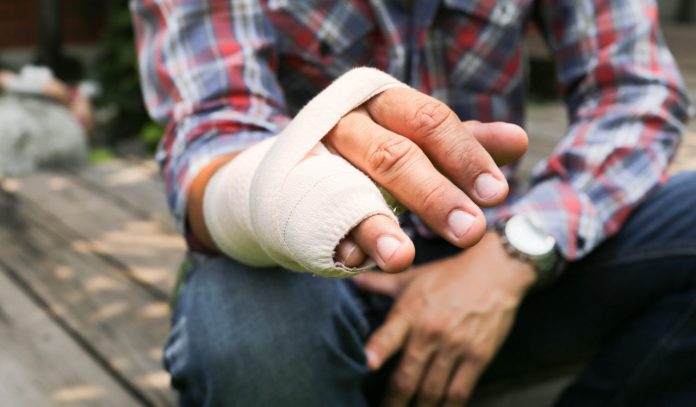
A lot of people suffer from broken or fractured bones after an auto accident too. This is very common as the body can be flung forward at great force when two cars collide, and it’s often the case that drivers and passengers’ bodies connect with other pieces of the car around them, like the dashboard, steering wheel, or seat in front.
You can suffer breaks and fractures to many different areas, from the legs and arms to the ribs and even areas of the face like nose and eye sockets if the head collides strongly with a hard item in front of it. Breaks may require surgery to repair or may be able to heal on their own without too much medical assistance, depending on their severity and location.
Brain Injuries

One of the worst possible scenarios after an auto accident is a brain injury, and a lot of passengers and drivers end up with this sort of injury due to the huge impact on the head when vehicles connect with one another or come to a sudden unexpected halt.
Many people can have concussions after a car crash, losing consciousness for a brief moment of time, while others can experience more serious traumatic brain injuries (TBI), which can involve a wide range of symptoms from headaches and nausea to loss of cognitive functions and memory loss too. Treatment for brain injuries can include therapy, medication, counseling, and more.
Mental Health
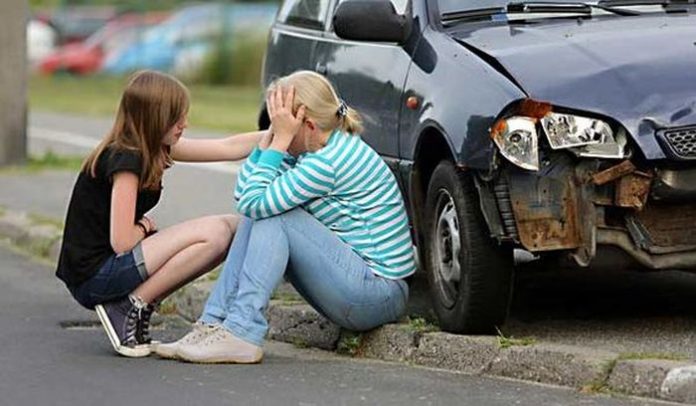
It’s also worth noting that physical injuries aren’t the only thing to feel concerned about after auto accidents. Many people also suffer mentally in the wake of accidents in a wide range of ways. Some people may develop new phobias associated with driving or being on the roads, while others can struggle with PTSD, anxiety, depression, and stress.
Such mental health disorders can have knock-on effects in people’s personal and professional lives, possibly affecting their relationships, careers, and general quality of life. Victims often need support in the form of therapy, counseling, and medication.
Conclusion
These are just some of the most common auto accident injuries. Cuts, bruises, and countless other problems can also occur after crashes and collisions, and the best course of action is to drive safely and sensibly wherever you go and avoid accidents altogether.


